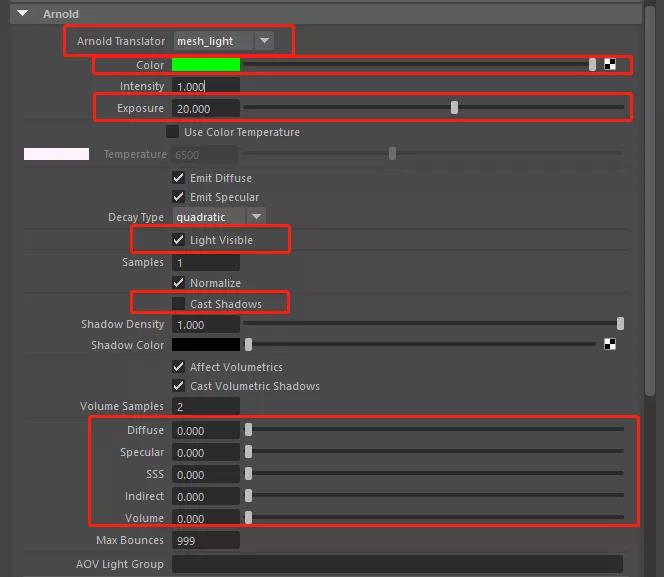
I'm getting closer to implementing all of the features I'd originally planned for it, including support for various renderers (Arnold, Vray) via the aiStandard material and the Vray Mtl. Just a quick note to say that the Texture Robot script for Maya has moved up the chain to version 1.1.0. Oh, and emissive textures now actually go where they're supposed to. The icing on the cake is a somewhat nice-a-fied UI, with a new info bar at the top of the window for displaying messages.

Ptex does work with normal file nodes in Viewport 2.0 however, so the Blinn shader option in TR goes that route. Ptex is not a file format I'm very familiar with, but I thought I should address it as you can't load in ptextures with normal file nodes while using MR or Vray, you need to use special nodes specific to each renderer. Arnold doesn't support Ptex in Maya yet). The configuration file stores all the suffixes, file extensions, checkbox options and currently selected shader type.Īnother new addition is Ptex support (currently only available with mia_mat and Blinn in TR as I ran out of time for Vray. The main new feature is a store current config button (top left), which will save you from having to re set things up the way you like them everytime the script is run. I wanted to get a new version of TR out before going overseas, so here it is. When setting up the shader, we will need to invert these values however, and then re-invert back in our compositing package later on. As you can see in the video above, the dragon's tail, tip of the tongue, horns etc, are all darker in colour while the belly, legs and head are the thickest, lightest areas. A thickness pass would describe in greyscale values the relative thickness of something, ie- whiter pixels representing thicker areas and darker pixels thinner areas. The basic idea is also translatable to a MR mia_material version, using the 'Max Distance' instead of the Vray 'Fog' parameters.īasically, a thickness shader is one which is able to approximate the interior thickness of an object. For now let's just focus on making the shader. It's a strange but potentially useful technique, which I'll cover in a later post. This was explained to me by my boss at the time as a dirty trick, which nevertheless had the desired effect of making our CG food look more 'foodlike' and appetising.

At my current workplace we've used in the past a 3rd party shader from Binary Alchemy (the RayLength shader I believe), in order to compliment subsurface scattering at the compositing stage via a thickness pass. Some time ago I figured out it's possible to make a serviceable 'thickness' or 'gummi' type compositing/utility shader in Vray using the Vray Mtl and it's 'Fog' parameter.


 0 kommentar(er)
0 kommentar(er)
